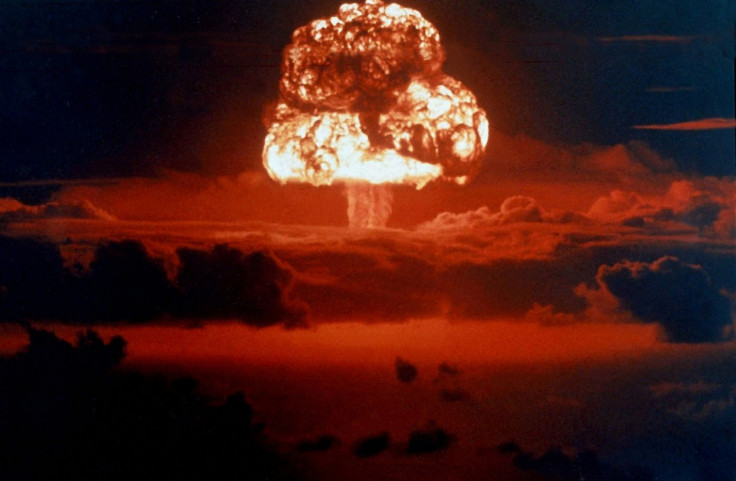Is US downplaying the threat of a nuclear disaster? Scientists slam regulators for not doing enough
Scientists warned of the potential threat of a catastrophic nuclear-waste fire, which could cause more damage than Fukushima.

A group of scientists have slammed the US Nuclear Regulatory Commission (NRC) over underestimating the threat of a potential nuclear disaster and for not taking enough measures to ensure the safety of the American people. Scientists warned of a potential catastrophic nuclear-waste fire, which they said could occur at any US reactor facility and could likely cause more damage than the 2011 Fukushima incident in Japan.
Researchers from Princeton University and the Union of Concerned Scientists wrote an article titled "Nuclear safety regulation in the post-Fukushima era," which was published in Science magazine, detailing how the NRC's reliance on faulty analysis in justifying their refusal to adopt critical safety measures leaves Americans at risk from fires in spent-nuclear-fuel cooling pools at reactor sites.
Researchers said that the pools, which store and cool used radioactive fuel rods, are jam-packed with nuclear waste and could spark fires that could result in large-scale distribution of radioactive materials – enough to contaminate an area two times the size of New Jersey. Scientists also warned about how these fires could be triggered by natural disasters such as earthquakes and also by a terrorist attack.
"The NRC has been pressured by the nuclear industry, directly and through Congress, to low-ball the potential consequences of a fire because of concerns that increased costs could result in shutting down more nuclear power plants," said the paper co-author Frank von Hippel, a senior research physicist at Princeton's Program on Science and Global Security (SGS). "Unfortunately, if there is no public outcry about this dangerous situation, the NRC will continue to bend to the industry's wishes."
The NRC's estimate of economic damages caused by a fire was $125m (£97m), which was nearly 20 times lower than the estimates put forward by Princeton researchers. The experts said the massive difference in the contradictory estimates stems from the NRC's practice of making risk analysis by "making numerous unrealistic and faulty assumptions".
Scientists said that even if the NRC chooses not to take action regarding this matter, the US Congress has the authority to ensure that this problem is fixed.
"In far too many instances, the NRC has used flawed analysis to justify inaction, leaving millions of Americans at risk of a radiological release that could contaminate their homes and destroy their livelihoods," said Edwin Lyman, a senior scientist at the Union of Concerned Scientists. "It is time for the NRC to employ sound science and common-sense policy judgments in its decision-making process."
© Copyright IBTimes 2025. All rights reserved.





















